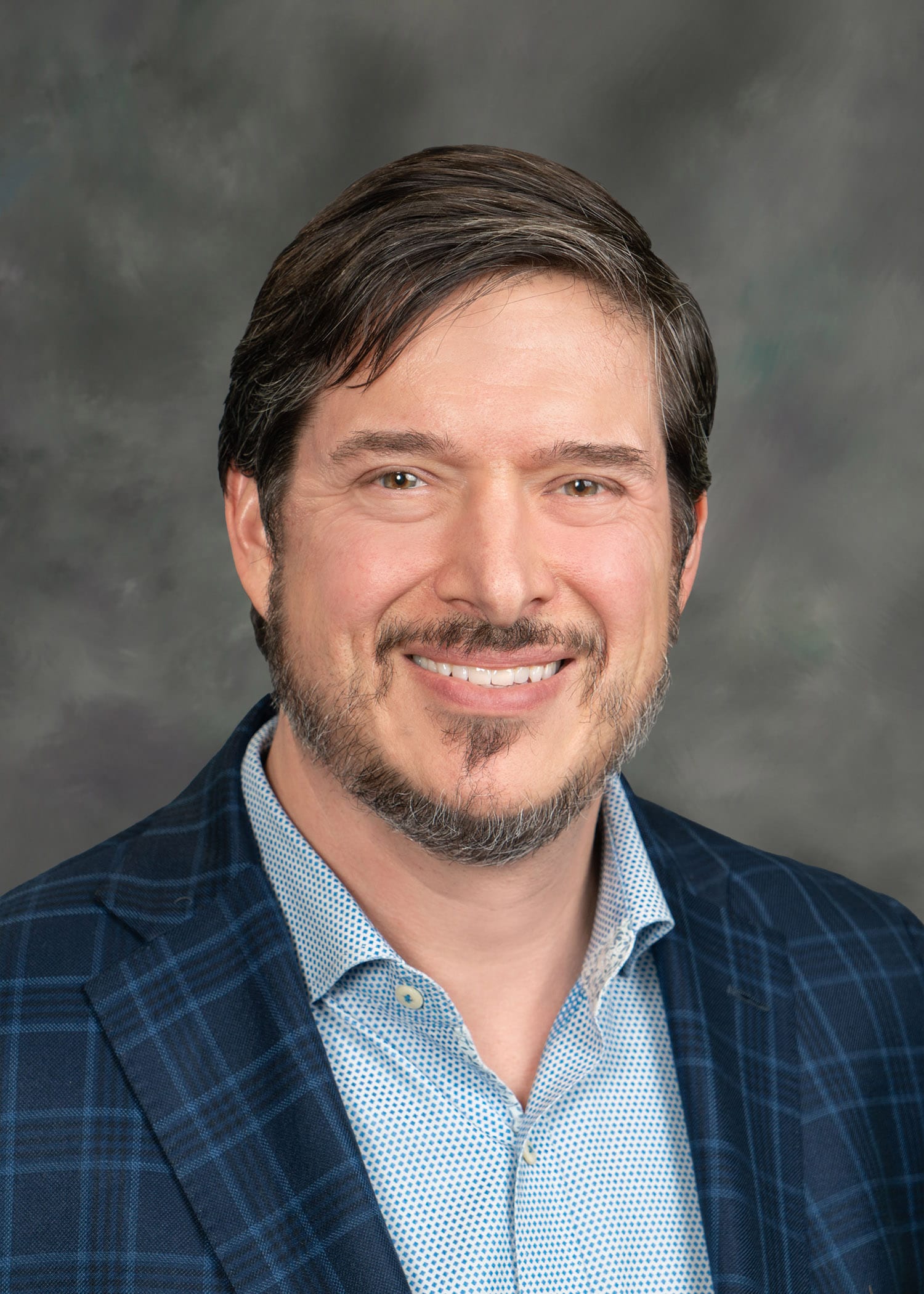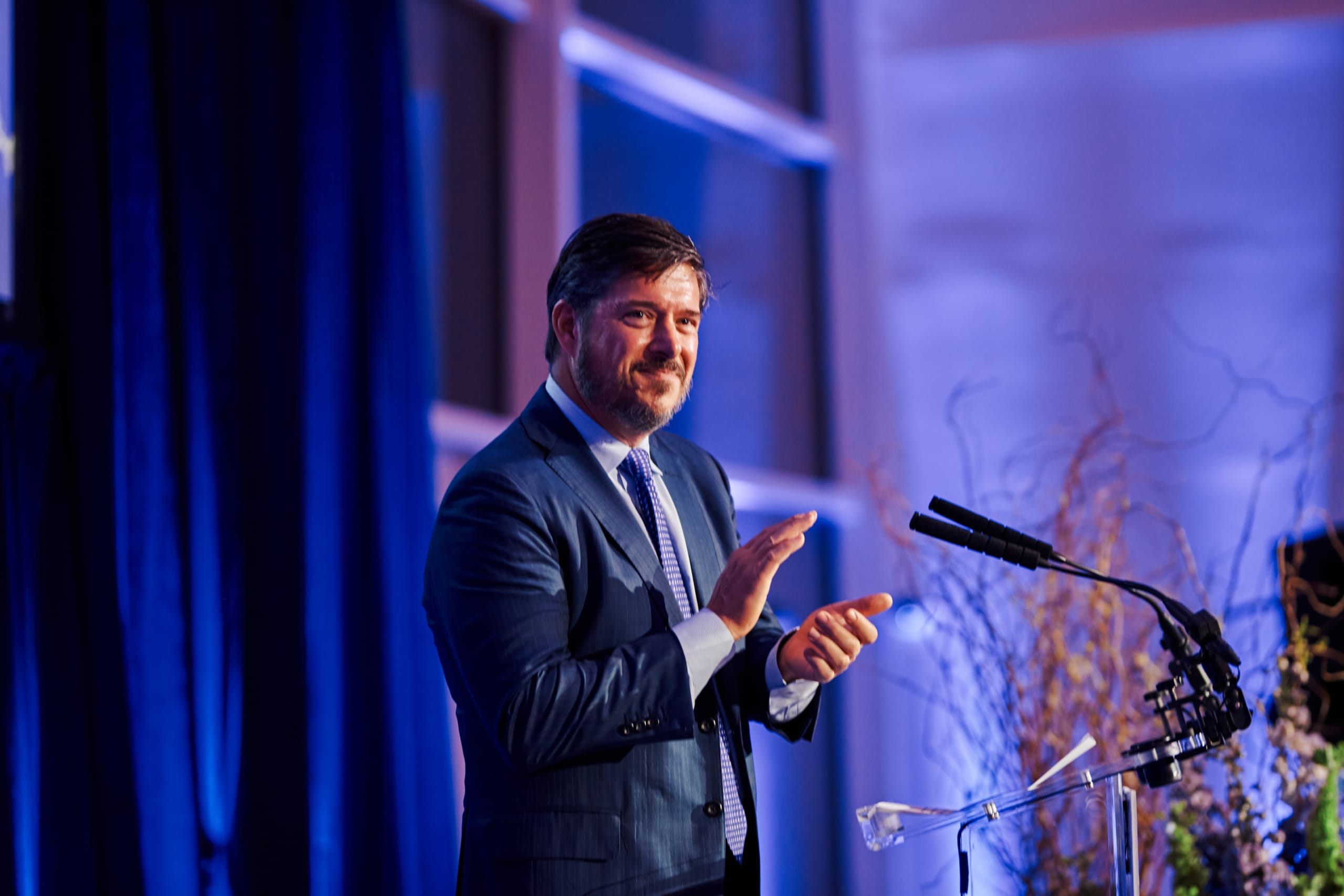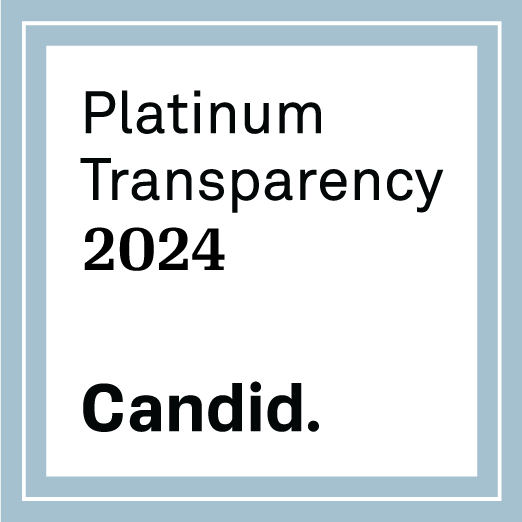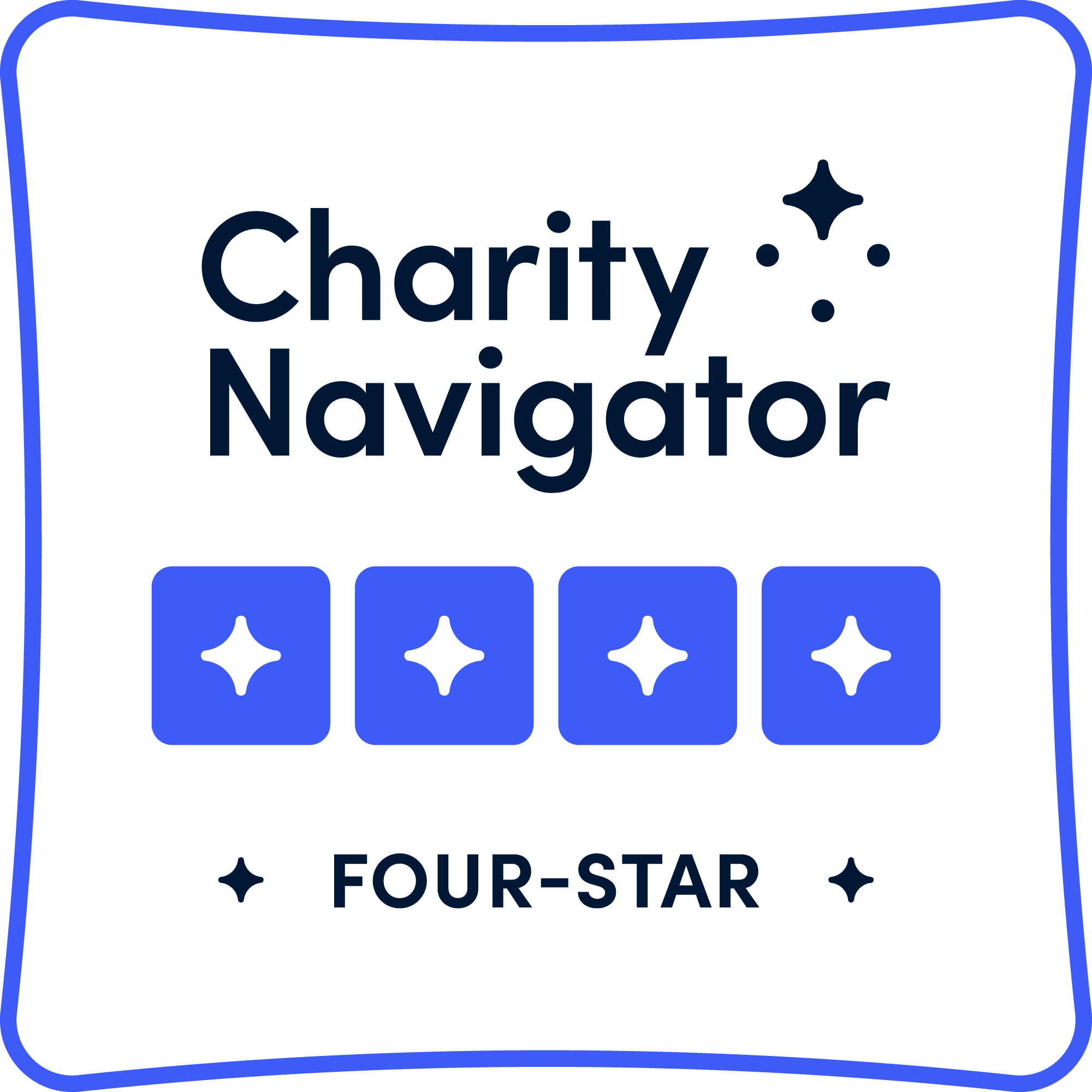
Extension of healthspan on a global scale is of utmost importance as the world population lives longer than ever before. Unless something is done to improve the health of older adults as they age, experts believe the health care systems of many nations could be overwhelmed.
Several recent news items illustrate this point. After more than 30 years, China has announced it will be ending its “one-child policy” due to concerns about its rapidly aging population. In Japan the government has created an advisory panel tasked with addressing the potential challenges presented by an older population combined with a low birthrate. And a new report released by the World Health Organization notes that although people are living longer due to advances in medicine changes will need to be made to ensure these years are lived in good health.
An article published in The Journals of Gerontology explores this topic in-depth, presenting an excellent and compelling overview of the biomedical approaches and action items that its authors believe represent the best opportunity for extension of healthspan.
According to the article’s authors, “Of great concern is the fact that there are insufficient national or international strategic efforts to prepare us for our rapidly aging world and the predicted surge of chronically ill and disabled older adults with their heavy cost burden and poor health outcomes.”
But there’s hope, the authors go on to explain, offering some action items on how widespread healthspan could be achieved. These items include a substantial increase in funding for aging and healthspan research, additional collaboration among researchers, and increased participation from health care, government, and philanthropic entities.
As the authors wrote,
The enormous challenges brought on by our rapidly aging world are absolutely critical to address and are coming to a head swiftly. It is imperative that we solve them. Some high impact solutions are already available. Others require vision, financing, and commitment. We must implement these solutions and conduct the research with vision, boldness, and perseverance and remove the barriers to their success. Time has never been more exciting for health professionals, scientists, and others to partner to extend healthspan, and continuous communication between them is overdue.
To learn more about this issue, please also visit the Healthspan Campaign for additional resources and perspectives.





